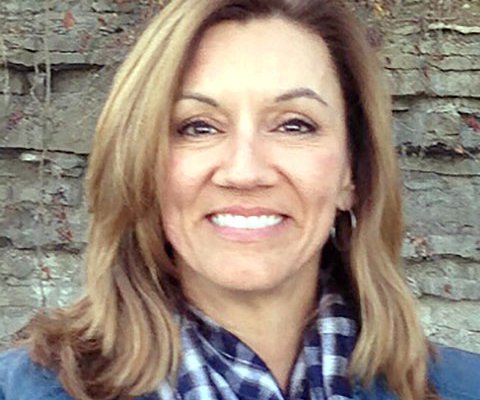With its historic architecture, plethora of beers to try and annual Oktoberfest celebration, Munich is at the heart of German culture.
So, with Christmas break in full swing, it only made sense for me to bring my visitors from home to the Bavarian city to experience as much German culture as possible.
In the few days we had to spend there, we were able to see much of what makes the region so well known, from bars and Hofbrauhauses to mountains and a blizzard.
However, when hopping from Hofbrauhaus to Hofbrauhaus, it can be easy to forget about the history that Munich and so much of Germany and Europe holds. We decided to take a break from the city center and head to Dachau concentration camp, and it was an eye-opening experience for all of us.
The site of over 30,000 deaths and over 200,000 prisoners, Dachau served as a heavy reminder of such a horrific time in history.
A common punishment for those imprisoned in the camp was reiterated throughout the entire memorial site; the simple yet excruciating act of having to stand out in lines for hours or even days on end, regardless of the weather.
Even equipped with hiking shoes, winter coats and hot chocolate, the three of us wouldn’t have lasted long in such a punishment, and the impossibility of truly understanding the horrors of the Holocaust began to sink in.
After walking through the crematorium and gas chamber, we came across a simple but impactful stone. About four feet in height, it read “Remember how we died here.”
The snow-plastered trees and quiet forests offered a kind of peace and beauty that would have provided a certain type of comfort for anyone who did not know the history over which they were walking.
A museum in the front and memorials scattered throughout offered assurance that the horrors which took place there would never be forgotten or ignored.
I learned about the Holocaust in school, and year after year failed to understand the huge impact it could have had on millions of lives. Despite meeting survivors of concentration camps, reading Anne Frank’s diary and watching countless documentaries, I still felt as if the hatred that allowed such a horrific event and the tragedies that followed were so far away from me.
Walking through the streets and forests that made up the first Nazi concentration camp opened in 1933, however, suddenly made the stories I had heard feel so much closer to me.
As we left the memorial site, I got onto the bus with a simple message on my mind and a meaningful goal in my heart; to remember those who died there.
— Shannon Rabotski is a 2016 graduate of Monroe High School and is a junior at Drake University. She is spending the year studying abroad in Tubingen, Germany. She can be reached at shannon.rabotski@drake.edu.





